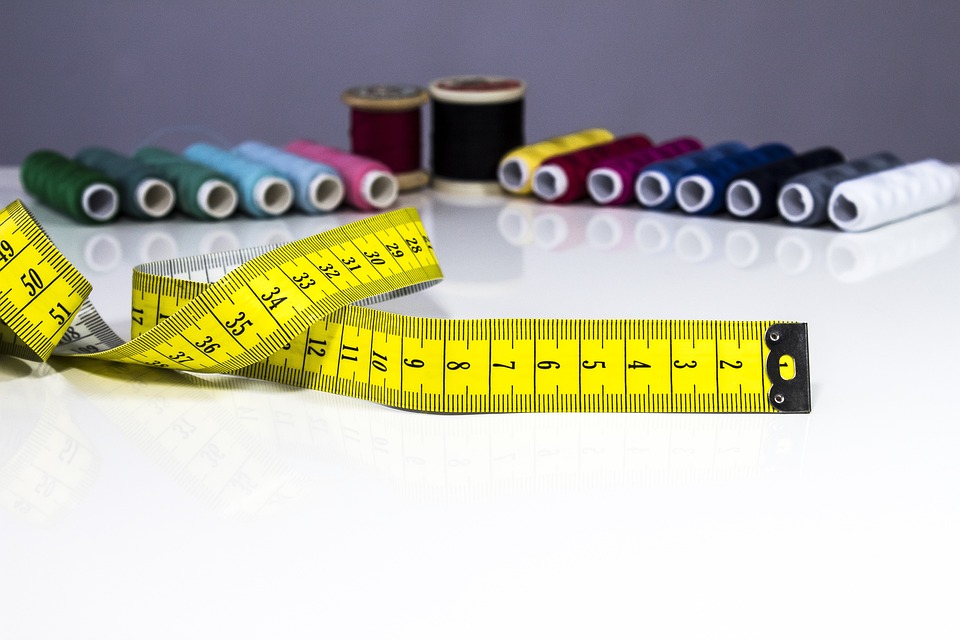Sewing threads have played a crucial role in the evolution of human civilization. From humble beginnings to the modern era, the history of sewing threads is a fascinating tale that spans thousands of years.
The story of sewing threads starts as far back as prehistoric times when our ancestors first began using plant materials and animal sinews to sew garments and create functional objects. These early threads were crude by today’s standards, but they marked the inception of a revolutionary practice that would shape the course of human tailoring and craft forever.
As civilizations began to form and progress, so did the art of thread making. Ancient Egyptians, for example, were skilled in the art of spinning flax into strong and durable threads. These threads were then skillfully woven into exquisite fabrics that were used for clothing and burial shrouds. The Egyptians even believed that the quality of threads used in the afterlife would determine one’s status in the netherworld.
The Greeks and Romans also made significant contributions to the world of sewing threads. They experimented with various fibers, introducing silk and wool threads to their repertoire. The Roman Empire, in particular, had highly advanced textile production methods, which allowed them to create intricately patterned and vibrant fabrics. Their threads were known for their strength and versatility, and they were used not only for sewing but also for embellishing and embroidering clothes.
During the Middle Ages, a revolutionary shift in sewing thread production occurred with the advent of the spinning wheel. This mechanical device allowed spinners to produce threads more efficiently and in larger quantities, transforming the garment industry. This innovation dramatically increased the availability of threads, making them more accessible to the general population. Silk threads from China and fine linen threads from Europe became highly sought after commodities.
The Industrial Revolution of the 18th century brought about another significant revolution in thread production. The invention of the cotton gin and the mechanization of textile production made cotton threads more affordable and readily available. Cotton threads rapidly gained popularity, as they were strong, inexpensive, and suitable for a wide range of sewing applications.
In the 19th century, advancements in technology and the rise of the textile industry led to the creation of specialty threads to cater to different sewing needs. Threads made from synthetic materials such as polyester and nylon were introduced, offering superior strength and durability. These modern threads revolutionized the way garments were made, enabling the creation of garments that could withstand wear and tear better than ever before.
Today, sewing threads continue to evolve with the demands of the fashion and textile industries. Threads are available in an array of materials, colors, and thicknesses, providing endless options for sewing enthusiasts and professionals alike. Technological advancements have also led to the creation of specialized threads for specific purposes, such as fire-resistant threads, waterproof threads, and even conductive threads used in wearable technology.
The historical evolution of sewing threads is a testament to human ingenuity and the constant desire for improvement. From primitive plant fibers to high-tech synthetic materials, the development of sewing threads has revolutionized the way we create and wear clothing. As we continue to push the boundaries of textile innovation, one thing is certain – the story of sewing threads is far from over.

